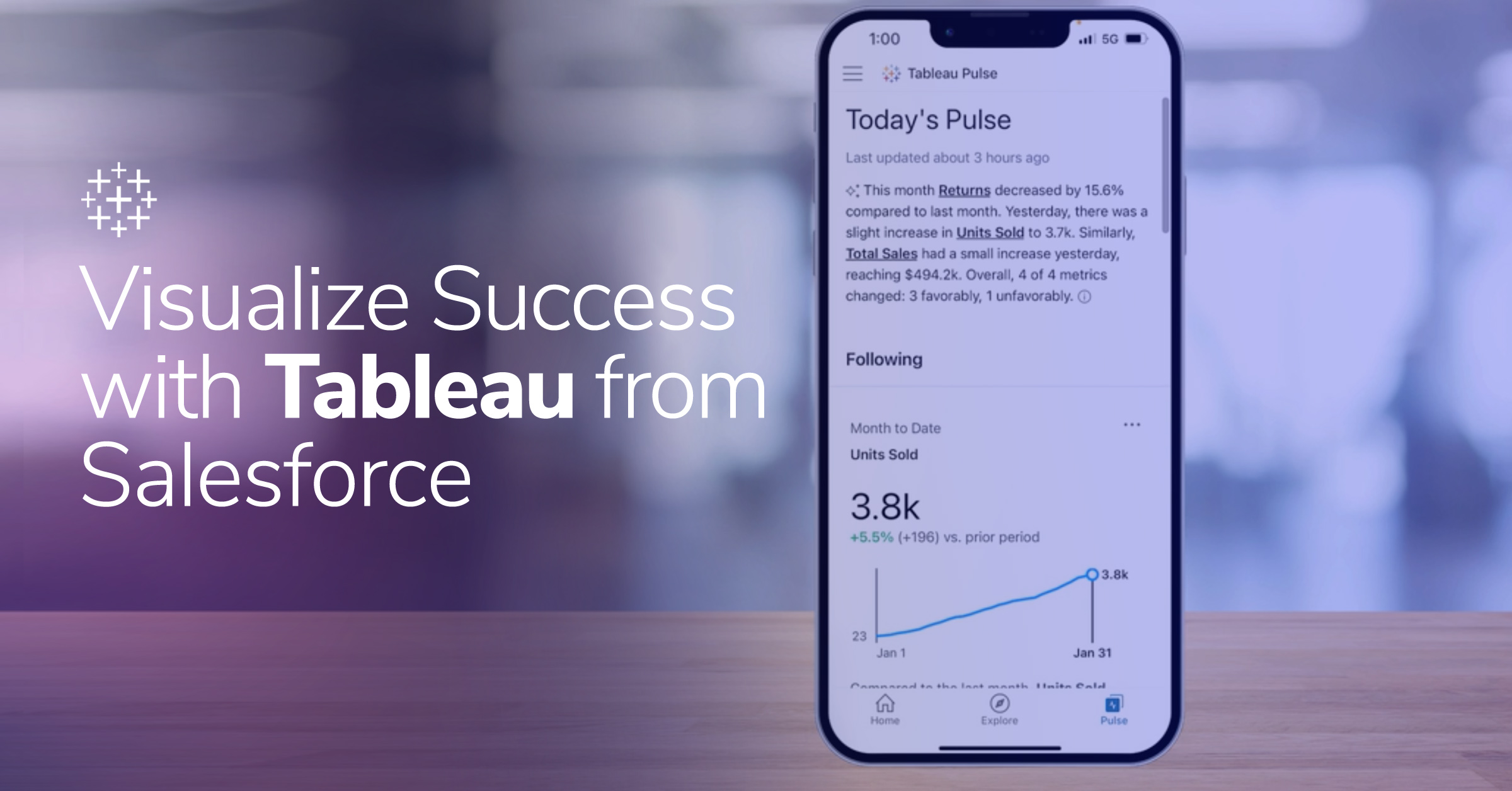How To Ensure That No One Replies To Your Email
Last night, I got an email from a new blog service that is going to create an aggregation of Pittsburgh-based blogs. It looked very fishy (and phishy) to me. It was from PittsburghNews@gmail.com and the subject line was “permission to aggregate your blog’s feed. – lunametrics.blogspot.com.” Here are some highlights of the email:
We would like to ask permission to aggregate your blog’s feed. All
you need to do is reply to this email and tell us if it’s okay to use
your feed in our site. To see the initial version of the site go to
PittsburghsNews.http://pittsburghsnews.com .
(Creative huh?)…… We only promote aggregated content that we like and we actually have
pretty high standards. Our taste and judgment might be impaired but we
like your blog’s feed items and believe this can only help you get
more readers…
There was no name or phone number attached to the email.
On the one hand, I went on high alert. This was clearly a phishing scheme. On the other hand, I am very interested in blog marketing for myself and my customers, and there were little touches in the writing (like their “Creative, huh?” and “our taste and judgment might be impaired..”) that made me wonder if this might actually be real. So I typed in the URL (no clicking!) and it was for real.
So, why was this legitimate email different from all other legitimate emails?
1) They asked me for something that I thought they didn’t need my permission to do. (In all fairness, I am not a lawyer. So, I forwarded the question this morning to Mike Madison, who pretends to be a professor of law, specializing in intellectual property at the University of Pittsburgh, but who is really a blogger. Read Mike’s legal response.)
2) They told me I had won the lottery without applying. Sort of like all those spam emails (and even snail mail) “You’ve won a million dollars, all you have to do is sign here.”
3) They told me that they loved my blog but didn’t indicate why. I was particularly suspicious because it’s a Pittsburgh blog rollup, and I never write about Pittsburgh except to tell local analysts when the Pittsburgh Web Analytics Wednesday is (May 10, 6-8 pm, Panera’s on the Blvd. in Oakland.)
4) It came from a nameless address, the equivalent of noname@gmail.com
5) It wasn’t signed by a real person’s name
6) There wasn’t a phone number in the email
In order to get me to convert, all I had to do was write back and say “Sure.” Ultimately, I did so, but not before spending a long time thinking about how to write email that people trust and will act upon.
Robbin Steif
LunaMetrics


